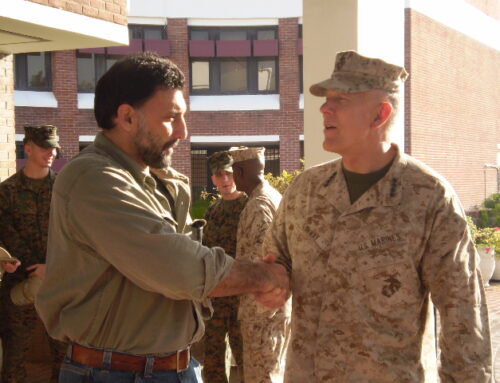In the realm of security and counterterrorism, the understanding of different types of attacks is crucial for effective response and prevention strategies. This brief article delves into the distinctions and nuances between complex coordinated attacks, coordinated attacks, and sole actor attacks, with a particular emphasis on the attack cycle that underpins each category.
Complex Coordinated Attacks (CCAs) represent the apex of operational complexity in terrorist activities. These attacks are defined by their elaborate planning and execution, involving multiple actors, often across different locations, working in synchrony. The hallmark of a CCA is its strategic design, aimed at maximizing impact through simultaneous or sequential strikes. The attack cycle in CCAs is intricate, beginning with a detailed conceptualization stage where the motives, often rooted in ideological, political, or religious beliefs, are translated into an actionable plan. This is followed by meticulous planning and coordination, where roles are assigned, logistics are arranged, and targets are meticulously selected. The execution phase is then carried out with precision, often involving sophisticated weaponry and tactics. The final stages of the cycle involve escape and exploitation of the attack for propaganda or strategic purposes. The complexity of CCAs necessitates a high degree of inter-agency and international cooperation in counterterrorism efforts, as well as sophisticated intelligence gathering and analysis to disrupt the attack cycle at its early stages.
Coordinated Attacks, while similar in their collaborative nature to CCAs, are typically less complex. These attacks involve a smaller group of individuals who coordinate their actions to strike multiple targets or carry out a single attack in a more synchronized manner. The attack cycle in coordinated attacks is characterized by a shorter planning phase and often does not require the level of resources and training seen in CCAs. These attacks can be challenging to anticipate and prevent due to their lower footprint and the lesser degree of communication and preparation involved.
Sole Actor Attacks, commonly referred to as lone wolf attacks, are carried out by individuals acting independently, without direct support or command from a larger group or network. The attack cycle here is significantly different from group-based attacks. It often begins with the individual’s self-radicalization, driven by personal grievances or ideological alignment. The planning phase is usually less elaborate, and the resources are self-acquired, making detection more challenging. The execution of the attack is carried out independently, and the aftermath varies, with some attackers choosing to escape and others to confront law enforcement or even commit suicide.
The stark differences in the attack cycles of these three types of attacks pose unique challenges for security forces. In CCAs, disrupting the extensive planning and coordination phase is critical but requires significant intelligence resources and inter-agency collaboration. In the case of coordinated attacks, the focus shifts to identifying and monitoring potential clusters of radicalized individuals. For sole actor attacks, the emphasis is on community-level vigilance, behavioral threat assessment, and preemptive intervention strategies.
Understanding the varying complexities and nuances of the attack cycles in complex coordinated attacks, coordinated attacks, and sole actor attacks is vital for developing effective counterterrorism strategies. Each type demands a tailored approach in terms of detection, prevention, and response. By dissecting these attack cycles and recognizing their distinct characteristics, law enforcement and intelligence agencies can better equip themselves to mitigate the threats posed by these different forms of terrorist activities.






